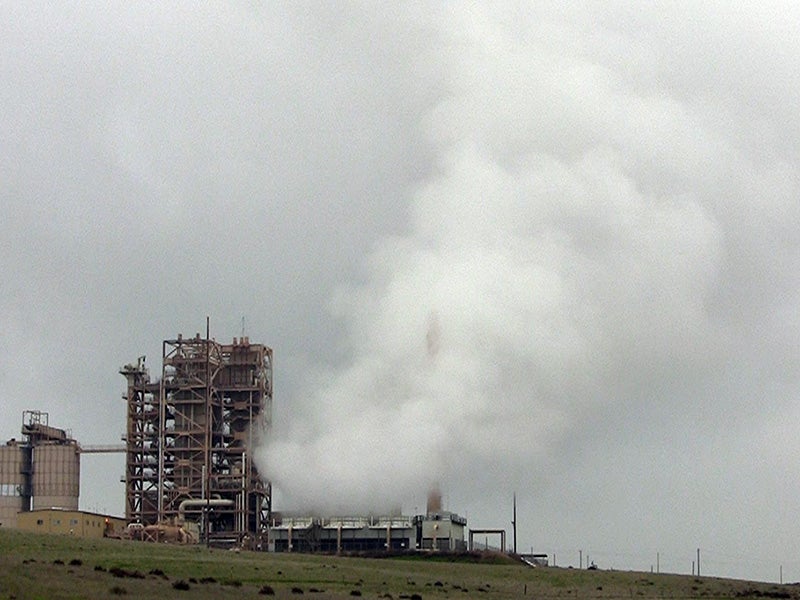San Joaquin Valley Agency Blows Hot Air
An unfortunate incident shows both how much advocates have achieved—and how much more work we have to do in the San Joaquin Valley.

This page was published 11 years ago. Find the latest on Earthjustice’s work.
Two weeks ago, the San Joaquin Valley Air District spread misleading and dangerous information to the public by claiming that the connection between asthma and poor air quality simply didn’t exist.
The agency commissioned a study in which researchers examined the relationship between concentrations of the different chemicals that make up soot and asthma-related emergency room visits. An analysis of preliminary asthma ER data from the state suggested that ER visits increased during a period when soot concentrations were decreasing. Researchers recently received updated asthma ER data, but the agency took this initial finding and ran with it before the updated data could be analyzed. Seyed Sadredin, the head of the air district, had this to say to reporters about the study: “It shows that, relative to other causes, air pollution doesn’t even register’ as a trigger for asthma attacks.”
Fortunately, researchers and doctors on both the agency’s board and the California Air Resources Board were concerned enough about the agency’s action to speak out against them. Dr. John Capitman of the San Joaquin Valley Air District remarked that it is not possible to make such broad statements based on so little information and the lead researcher, Tim Tyner, agreed that it was too early to make any conclusions from the data. Dr. John Balmes, of the California Air Resources Board, went further in expressing his disapproval during the Board’s meeting last week:
“I was quite disturbed when I recently saw a comment that [Mr. Sadredin] made about fine particulate no longer being linked with asthma based on some study commissioned by his district that I don’t think is in the published literature … I don’t think it’s a healthy comment to be coming from a head of an air district that has such an important pollution problem. And I don’t think it helps disadvantaged communities. So I hope Mr. Sadedrin is more careful in his comments about linking fine particulate and asthma in the future.”
So why would an agency tasked with cleaning up the air to protect public health spread misinformation to the citizens who depend on it? Unfortunately, this study is just one piece of the Air District’s efforts to lobby Congress and the EPA to relax Clean Air Act standards in the San Joaquin Valley. This sort of lobbying hurts everyone who breathes in the San Joaquin Valley, while benefitting the megadairies and oil and gas companies that are allowed to continue polluting.
This unfortunate incident shows both how much advocates have achieved and how much more work we have to do in the San Joaquin Valley. The Central Valley Air Quality coalition, which includes Earthjustice, successfully lobbied for positions for a scientist and a doctor on the San Joaquin Valley Air District’s board in 2007. Without those positions, the Air District’s false statements wouldn’t have been challenged by the board. The statements made by the Air District highlight how important it is that we continue holding it accountable to those who really matter: the San Joaquin Valley residents breathing filthy air that endangers their health.
The California Regional Office fights for the rights of all to a healthy environment regardless of where in the state they live; we fight to protect the magnificent natural spaces and wildlife found in California; and we fight to transition California to a zero-emissions future where cars, trucks, buildings, and power plants run on clean energy, not fossil fuels.